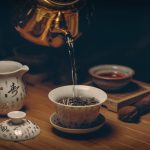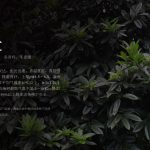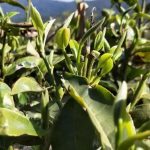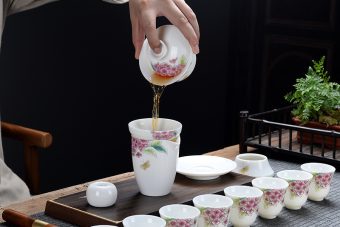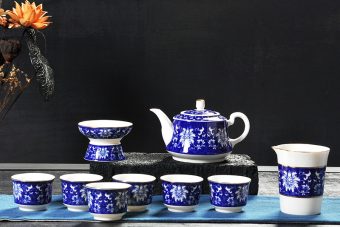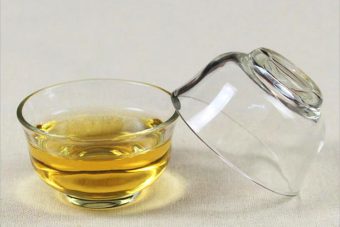Chinese tea has a long history and a wide variety of traditional teas and historical…

by vinux
- January 24, 2019
- 4,992
- 0
Chinese tea art is a culture. On the basis of China’s excellent culture, tea art has extensively absorbed and borrowed other art forms, and expanded into the fields of literature and art to form a Chinese tea culture with strong national characteristics.
Tea art includes the appreciation of tea techniques and the appreciation of artistic manipulation methods, as well as the appreciation of the beautiful environment, and the beautiful artistic conception of the whole tea-teaching process. The process embodiment and the spiritual unity are the cultural phenomena formed during the tea-drinking activities. It has a long long history, a profound cultural heritage, and a connection with religion.
Tea art includes a series of content such as selection, water selection, tea cooking techniques, tea art, and environmental selection. The tea art background is an important means to set off the theme of the idea, which renders the pure, elegant and simple temperament of tea, and enhances the artistic appeal. Different styles of tea have different background requirements, and only the right background can better understand the taste of tea.
The art of Chinese tea, sprouted in the Tang Dynasty, originated in the Song Dynasty, reformed in the Ming Dynasty, and flourished in the Qing Dynasty. It can be said that it has quite a historical origin and is a system of its own.
The Culture of Chinese Tea
Chinese tea is more than just a drink, it’s a part of culture and tradition. Tea is an integral part of people’s lives in China and they take great pride in their tea rituals. Here we explore the cultural significance behind Chinese tea and how it has been used throughout history.
The History Of Chinese Tea Drinking
The oldest records of tea drinking in China date back to nearly 5,000 years ago. It was believed to have originated in Southwest China, where it was considered to be medicinal, as well as a beverage. During the Tang Dynasty (618-907 CE), Chinese tea was already being enjoyed by many across the country and had become popular around the world. In today’s modern society, tea remains an integral part of daily life for many Chinese households, who often have elaborate customs surrounding preparation and consumption of the beverage. Tea ceremonies are commonplace during special occasions such as weddings or holidays.
Types Of Chinese Tea
Chinese teas can be divided into six main categories: green tea (绿茶), black tea (红茶), oolong tea (乌龙茶), white tea (白茶), yellow tea (黄茶) and dark/fermented teas (青茶). Each type has its own unique taste and aroma that reflects its region specialty, production techniques and processing methods. Green teas from different regions can all taste vastly different from each other due to varying production processes and terroir conditions.
Tea Culture In Daily Life
Chinese culture incorporates various elements that are closely related to the consumption of tea. Even though there isn’t one standard way to brew or serve it, most households have their own preferred method for preparing their favorite types of teas. The act of brewing itself also carries a lot of symbolic meaning within families, with older generations passing down knowledge and wisdom along with recipes for making their favorite blends. The ritualistic aspect behind drinking and serving a good cup of tea plays an important role in many family gatherings or social events among friends.
Tea Culture In Traditional Medicine
In traditional Chinese medicine, herbal infusions are commonly used as treatments for certain illnesses or ailments. Teas made with herbs like ginger root, chrysanthemum flowers or ginseng root are believed to help improve overall health while treating certain ailments such as headaches or digestive issues when drunk on a regular basis. Other than medicinal uses, some teas are also believed to have spiritual properties that can help promote mindfulness when consumed during meditation sessions or spiritual practice routines .
Conclusion
As you can see from all these examples above, using Chinese teas has been incorporated into various aspects of everyday life for centuries now – whether it be for medicinal purposes or simply for enjoyment during special occasions – making it an indispensable part of traditional cultures across Asia until this day . From centuries old customs surrounding preparation methods down to rituals involving offering cups during festivals , there is no denying that Chinese culture has taken full advantage of all its beneficial uses – both physical and mental – over time .

